How to print a newline in Python
In Python, the new line character indicates a line’s end and a new one’s start. If you wish to print output to the console and work with files, you’ll need to know how to use it.
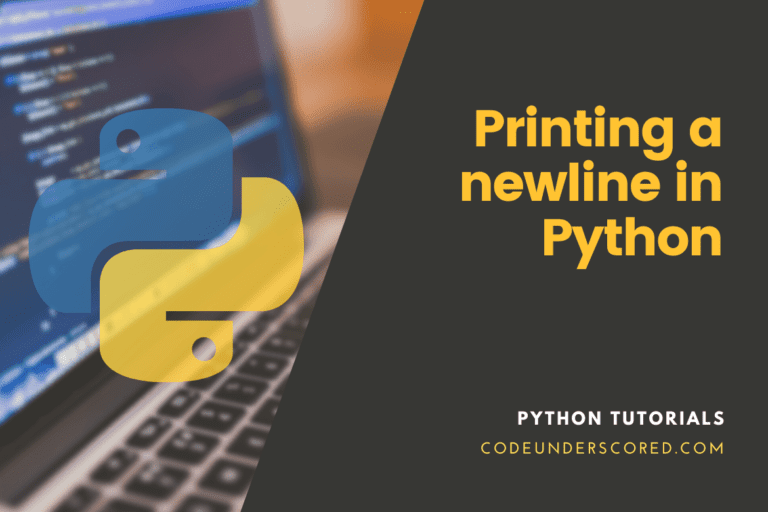
In Python, the new line character indicates a line’s end and a new one’s start. If you wish to print output to the console and work with files, you’ll need to know how to use it.
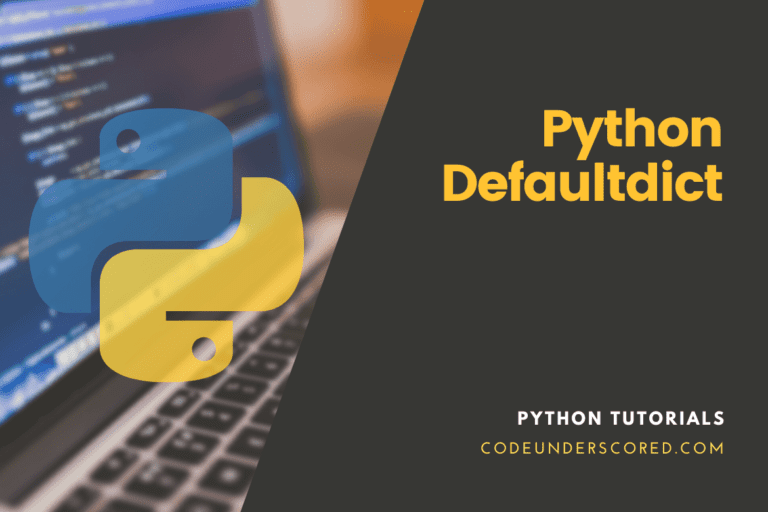
In Python, a dictionary represents an unordered collection of data values that can be used to store data values in the same way a map can. The dictionary has a key-value pair, unlike other data types with a single value as an element. The key must be unique and unchanging, according to Dictionary. It means that a Python Tuple, unlike a Python List, can be used as a key.
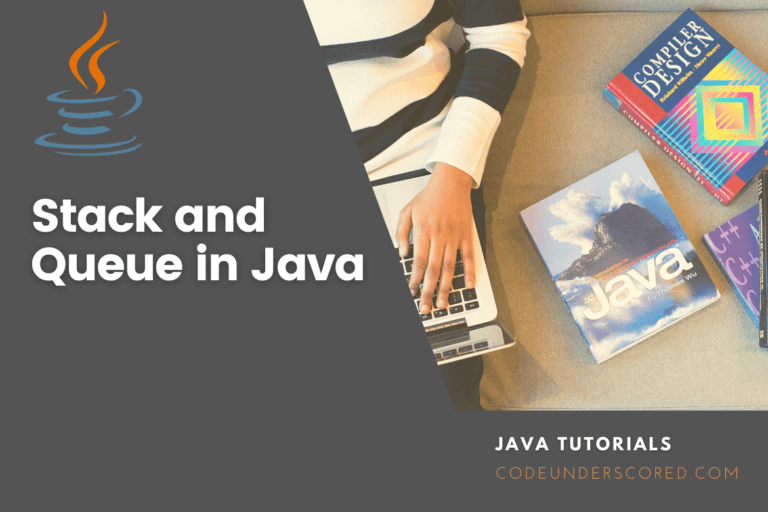
Consider a table with a stack of plates. After the first one is placed on the table, the next one is placed on top of it; the third one is placed on top of the second, and so on, until the desired number is reached. To take the dishes off the table one by one, start with the last one placed on top; then move on to the last-but-one; then the one next to the top; and so on.

StringBuilder is a Java class that allows you to generate a mutable, or changeable, sequence of characters. The StringBuilder class, like StringBuffer, is an alternative to the Java Strings class, which provides an immutable sequence of characters. However, there is a critical distinction between StringBuffer and StringBuilder: the latter is non-synchronized.

Let’s face it: There are many different ways to use Python in your coding projects. And that’s not going away anytime soon. As developers increasingly adopt Python, we see more and more opportunities to incorporate it into our coding projects. How do you make sure you’re using it optimally?
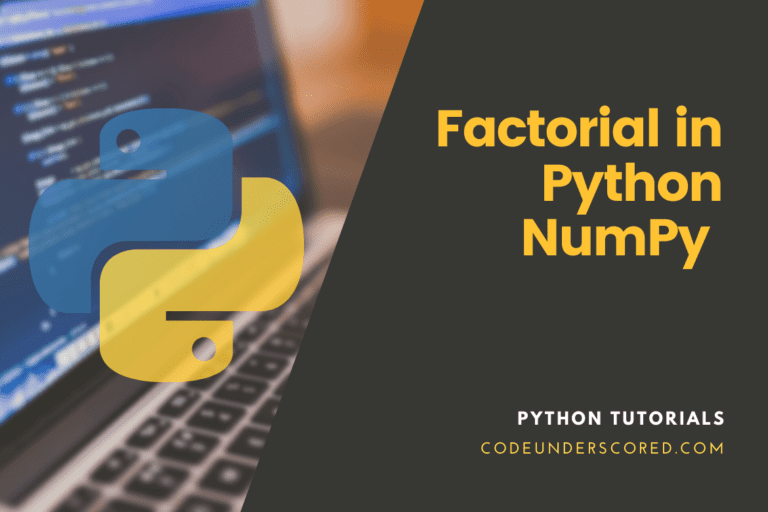
The factorial of a positive number is computed using Python’s Numpy.math.factorial() method. But first, let’s define the term “factorial.” The numbers’ factorial o is the product of all positive non-zero numbers that are less than or equal. The general formula for computing the factorial of a number ‘n’ is as follows.

The Scanner is a class in java.util package. This class is responsible for reading data from a string, the keyboard, a file, or a network socket. This article focuses solely on reading the keyboard input and displaying the output in a terminal window. Reading data from a file or a network channel is done similarly.

With the help of examples, you will learn how to utilize the switch statement in Java to regulate the flow of your program’s execution. The switch statement lets us choose several different ways to run a code block. The switch statement in Java has the following syntax:

The Math.random() method is one of Java’s most commonly used methods for generating a random numeric number. The java.lang class is a built-in class in Java.Math with several mathematical procedures, one of which is Math.random(). Because the Math.random() method is a static method, it can be invoked/called without first constructing a math class instance—the java.lang.Math class offers several methods for performing basic numeric operations such as the exponential, logarithm, square root, and trigonometric functions.
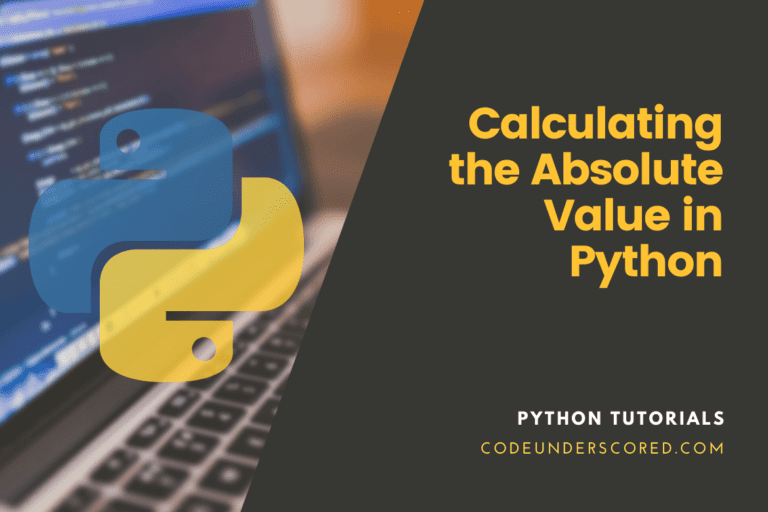
There are numerous ways to interact with positive and negative values in Python. But sometimes, all we need to do is double-check that our value isn’t negative. Let’s look at how absolute value can help.

The abs() function in Python returns a number’s absolute value. The gap between an integer and zero is its absolute value. Any negative number becomes positive, whereas positive ones remain unchanged. For instance, abs(-9) returns 9, whereas abs(2) returns 2.

Changing the date format of a given Date or String is a typical Java programming task. For example, suppose you have “2022-05-22 12:00:00” and want to convert it to “2022-05-22,” or convert from dd-MM-YY to MM-dd-YY, or any other format you like, as long as it is a valid date format as defined by Java. How will you accomplish this? It’s not that difficult, after all. It’s a simple two-step procedure.